
A timely catch up with Rhianna founder of Team Timbuktu as we stand beside and celebrate our beautiful fashion stallholder brands for @fash_rev #FashionRevolutionWeek
Since debuting at Finders Keepers in 2018, Team Timbuktu has kept the community stylin, looking good WFT, moving and feeling great in nature without the negative impact on the environment! Read on as Rhi shares her changemaking story from launching a crowdfunding campaign, growing the brand, collections and community. Plus she also provides top tips for businesses looking to make small changes too!
Have you asked your favourite fashion brands, #Whomademyclothes ?
Can you tell us the story behind your outdoor adventure label Team Timbuktu?
I was hiking in Torres Del Paine in Patagonia a couple of years, alongside glaciers and mountains and it’s one of the most naturally beautiful places I’ve seen in the world, yet I was wearing clothing that didn’t reflect my values. Hiking gear that not only looked bad, but it was made out of conventional polyester (which is derived from oil). It didn’t make sense to me that clothing designed for the outdoors, was made out of materials that damaged the outdoors and natural environment. After much research not being able to find a brand that covered the gap between activewear designed for studio fitness and outdoors clothing made for Everest, I decided to start my own brand, which was possible as I already had industry experience within fashion production, and knew it was possible to make a fabric much more sustainably, using recycled plastic bottles, rather than oil. We launched from a crowdfunding campaign and have been growing our brand, collection and community since.

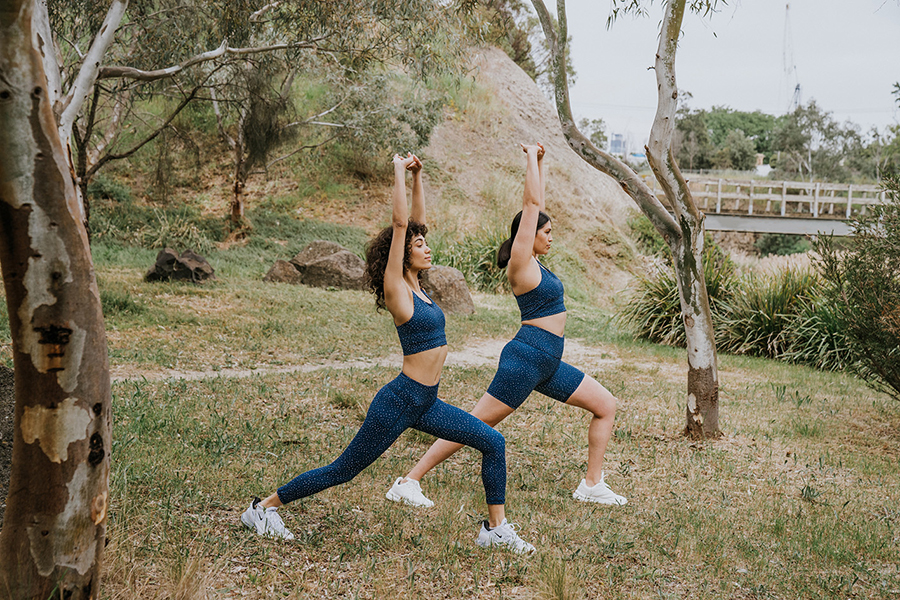
We hear you have a new range! What was the inspiration behind the new designs?
Yes we do! We’re got a new collection of our activewear made from recycled plastic bottles – which is still breathable and comfortable to wear, we get a lot of concerns about that!- My designs are always shaped by my surrounding environment, with inspiration from the Australian outdoors, the colours and textures which are represented in the final products from the print designs and fabric colours, through to the product and colour names. I’m aiming to create beautiful product that doesn’t compromise on style or sustainability, with a little more character and fun than traditional outdoor clothing, but not so much that everyone will stare when you’re walking down the street.
I’m aiming to create beautiful product that doesn’t compromise on style or sustainability, with a little more character and fun than traditional outdoor clothing, but not so much that everyone will stare when you’re walking down the street.
Team Timbuktu focuses on using organic and recycled fabrics. Why is this so important to you and what are the challenges? Can you share some tips for other businesses looking to make sustainable changes.
To me it was common sense and a non negotiable to be more sustainably made than traditional fashion brands. Historically the fashion industry hasn’t done great things for people or planet, and as the impact of our actions is starting to become more clear, I want the brand to be part of a positive change for the industry. I needed to use synthetic fibres for the performance fabrics and to get the features such as sweat wicking and waterproofing and so I choose to use recycled as it reduces our footprint, by not using oil, using up a waste stream we have excess of, and also using less energy. For fabrics that don’t need the performance element to them I’ve chosen to use Organic Cotton, as it doesn’t use all the harmful chemicals and pesticides that traditional cotton is grown with. When I started it was a step by step analysis of our supply chain, figuring out what elements happened when and where and how I could choose the lowest impact option at each stage. Choosing to start the brand sustainably, rather than growing fast and then ‘retrofitting’ sustainable elements to the brand would be quicker, easier and cheaper, but it’s against my personal values and what the brand really represents; the value of all our talented workers in our supply chain and the message that we’re trying to send, of reducing your impact, to the best of your ability, and always improving, rather than choosing the more convenient option, as that will ultimately people or planet will have to pay for that choice.
For brands that are starting out or realising they could better, I’d suggest to grab a pen and paper and list every stage you can think of in the creation of your products, from the raw material, perhaps the trims, the packaging, the shipping method and every element between and then research best practice. To start with you can easily switch to compostable mailing bags if you’re posting out orders from your online store, eliminating the need for single use plastic bags. Next I’d be changing the product packaging to be as minimal as possible and all recyclable or compostable, and then the step that might take the longest is to start to switch materials to better options, be that recycled sterling silver, organic fibres or perhaps even a material.fabric or ingredient that is sourced locally so there’s a low carbon footprint attached.
Lastly it’s important to remember that sustainability is and always will be a journey, there’s no final destination and improvement is always possible and needed. Start today, even if it’s a small change and work your way up to the more challenging changes as you progress.
Start today, even if it’s a small change and work your way up to the more challenging changes as you progress.

How do you recharge at the end of the week? Do you have a favourite place to venture to?
I love getting outdoors and disconnecting from technology, as with most people and most jobs I’m so hyper connected to technology, from sitting on my laptop all day designing, doing financial forecasting, chatting with manufacturers, to posting on socials and writing back to customer emails at night, if possible I leave my phone alone as much I can. I might put it on aeroplane mode, or leave it another room, or even leave the house without it, which is so nice. If I’ve got time I’ll head out a few hours out of Melbourne for a hike, such as to the Cathedral Ranges or the Grampians, but if not I’ll try get out to local parklands, or even just for a walk around the block to recharge. If I can plan a couple of days off I’ll head out somewhere such as Wilsons Prom to camp and hike (one of my favourite places in the world), I always get so much clarity from taking a break, and it’s a great opportunity to reassess priorities and come back to what’s really important, for example maybe that shipping delay isn’t the end of the world.
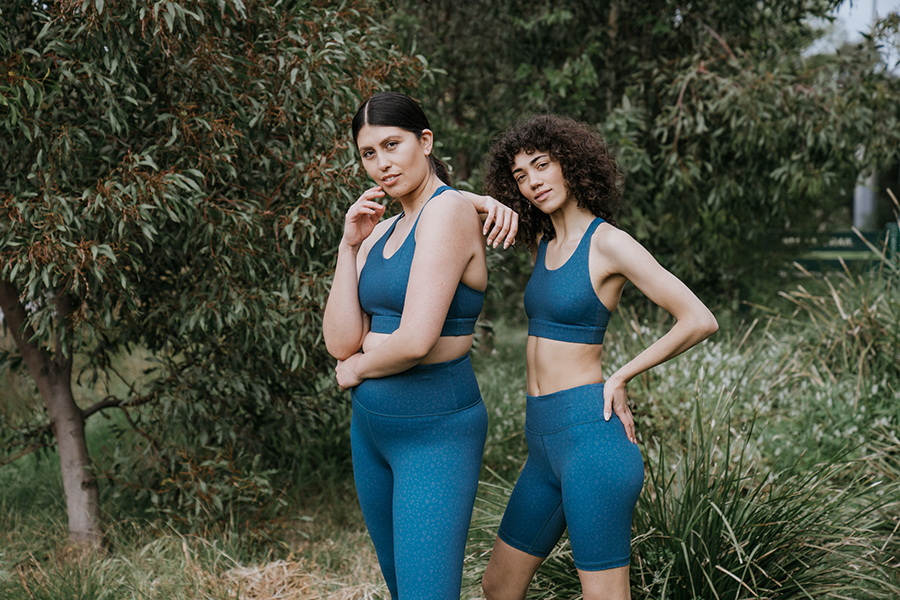
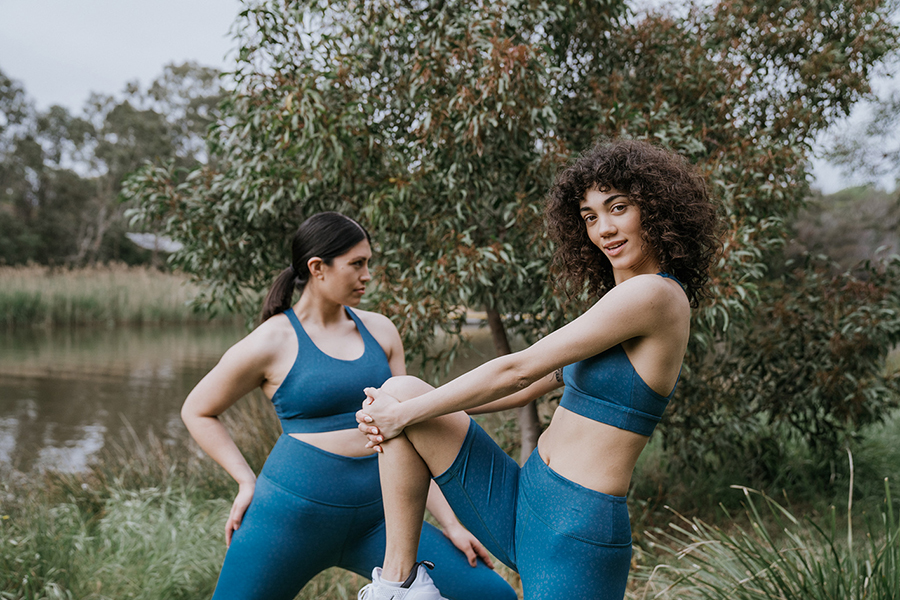
What are you most looking forward to in 2020?
The journey continuing. The brand is only having it’s second birthday in June, so as a small business it’s still growing and a has a lot of growth to come. And although it can be a rollercoaster at times I’m really excited for new collections, heading overseas to visit all of our talented makers and of course touching base with some of our amazing community at Finders Keepers, it’s such a wonderful market and always reinvigorates my energy for the brand, meeting customers and chatting about sustainable fashion, and then a few weeks post markets seeing all the adventures they get up to in their new Timbuktu’s when they tag us on Instagram!
And also all the prints and products are designed by myself, and all manufacturing is done throughout Taiwan, China and India, due to the complex nature of the garments and also the complexities within plastic recycling.
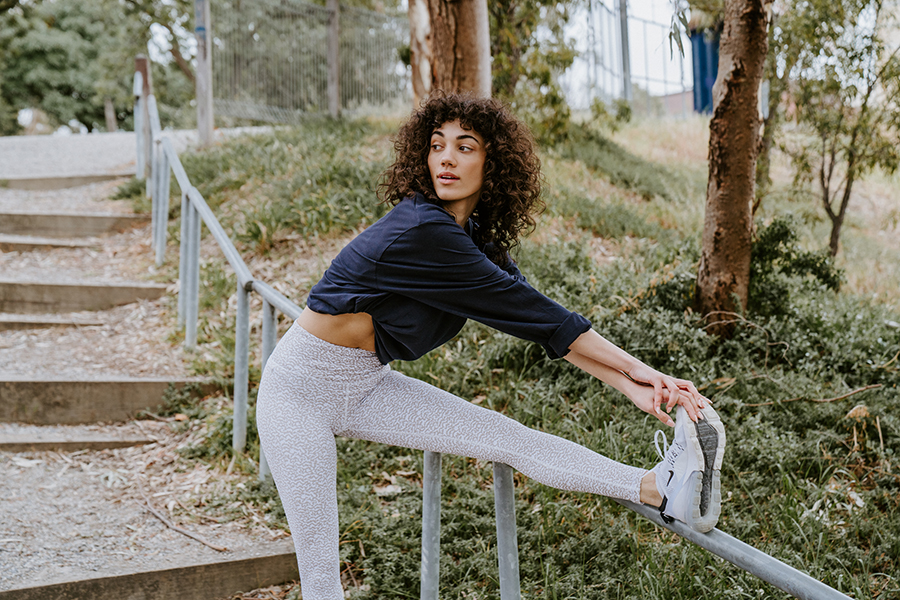

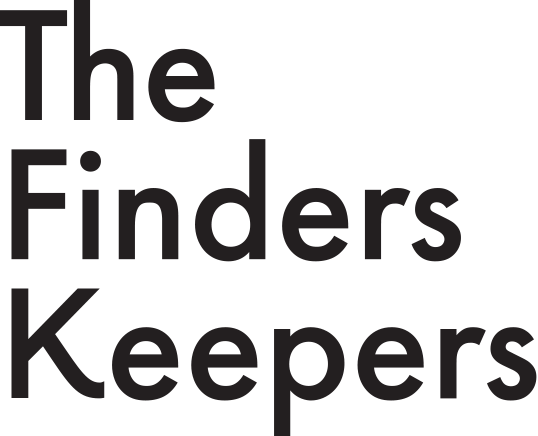
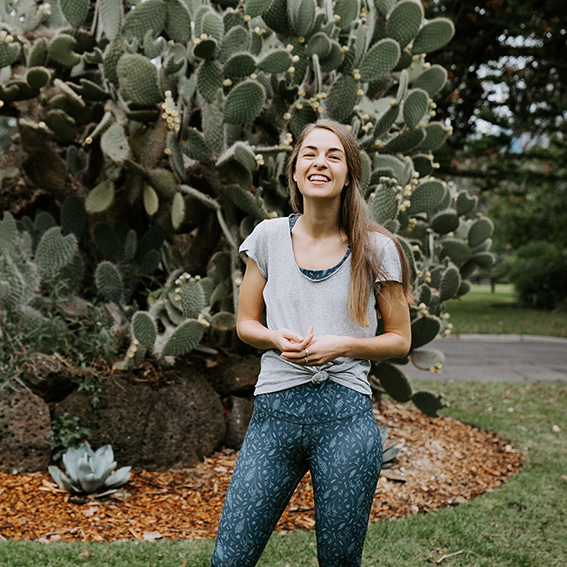 Written by Rhianna Knight
Written by Rhianna Knight